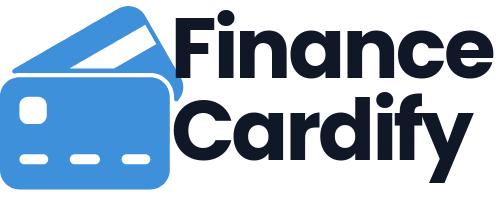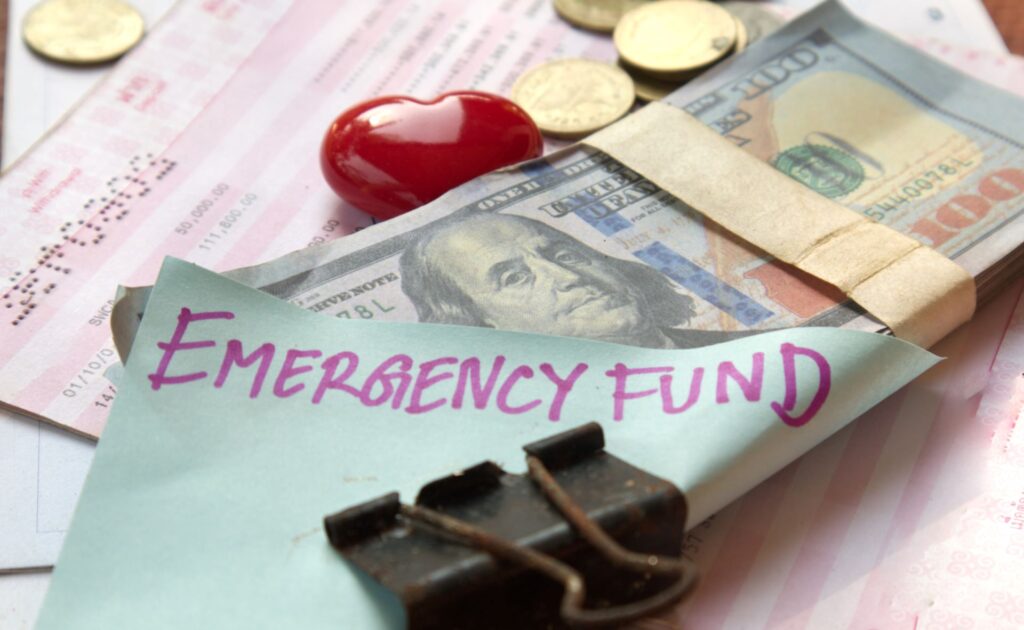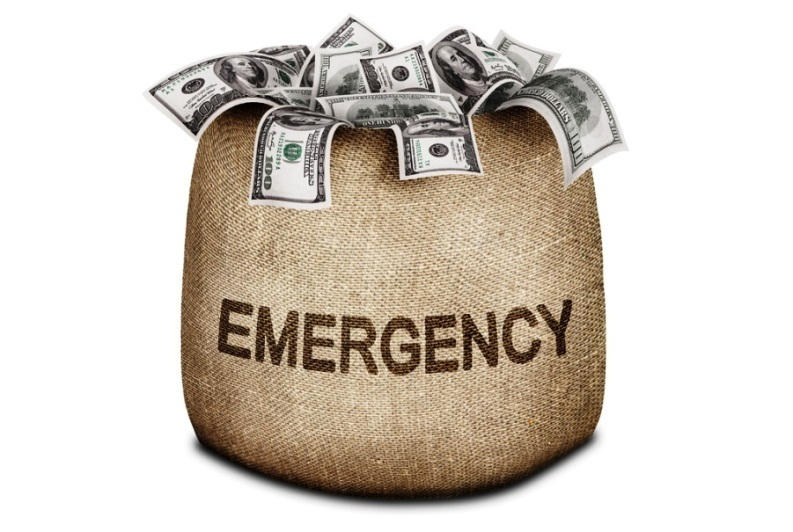
Residential vs. Commercial Real Estate: Which Is Right for You?
Real estate has long been hailed as one of the most reliable vehicles for wealth creation. However, once you decide to enter the market, you face a pivotal fork in the road: Residential or Commercial? Choosing between these two asset classes isn’t just about the type of building you buy; it’s about choosing a business model, a risk profile, and a lifestyle. This guide breaks down the nuances of each to help you determine which path aligns with your financial goals. 1. Understanding the Core Difference At its simplest, the distinction lies in the tenant and the intent. 2. The Case for Residential Real Estate Residential property is the traditional entry point for most investors. It feels familiar because everyone understands what makes a “good home.” Lower Barrier to Entry Residential properties are generally more affordable than commercial ones. Down payment requirements for a rental house are often lower (typically










